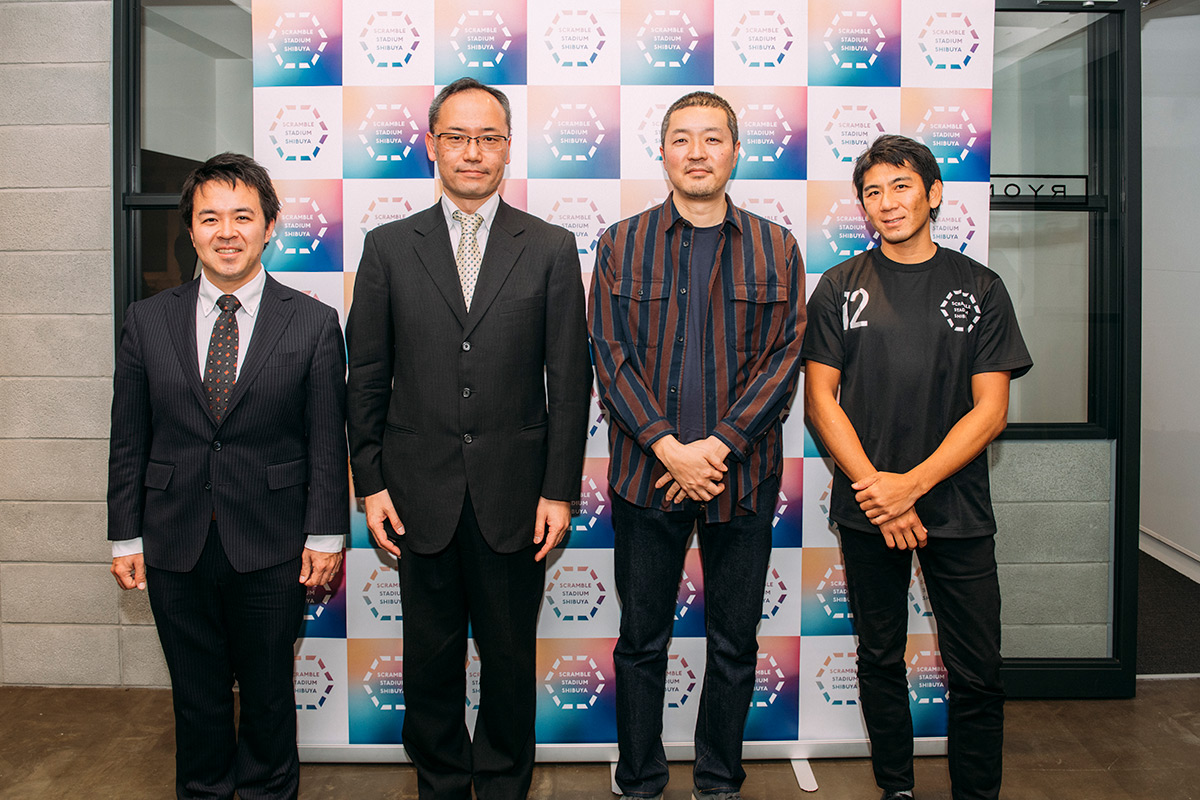
SCRAMBLE STADIUM SHIBUYA 4th Crosstalk-The Future of Urban Disaster Prevention and Park Creation-
2019/1/30 (Wed) 17: 30-20: 30 @ EDGEof 7th floor
<Panelist>
Mr. Taro Ichiko (Professor, Department of Urban Policy Chemistry, Tokyo Metropolitan University)
Keiichi Sato (Associate Professor, Faculty of Network and Information Studies, Senshu University)
Mr. Taro Ichigo (Former Counselor of the Japan Sports Agency (in charge of regional development) Assistant Counselor (Assistant Manager, City Planning Division, City Bureau, Ministry of Land, Infrastructure, Transport and Tourism)
<Facilitator>
Jungo Kanayama (Shibuya City Tourism Association Representative Director, Future Design Shibuya Project Designer)
Create a stadium park with a capacity of 30,000 people in Yoyogi Park B district, which is a sacred place for sports and entertainment and also functions as a disaster prevention base in the event of a disaster. We hold cross talks to exchange opinions widely with people, residents, and park users.
In addition, the official site has released the WEB voting and comment functions from January, and is soliciting various opinions.
https://scramble-stadium.tokyo/
By the way, the theme of the fourth crosstalk is "Urban disaster prevention and park building".

First of all, in the opening talk, a questionnaire was conducted at the end of the year, and 90% of the respondents answered "Is there a space where you can safely evacuate in the event of a disaster?" (* Note)
Furthermore, there were many dissenting opinions about the idea of using Yoyogi Park as a disaster prevention base, such as "Harajuku station is punctured" and "Is there already people in Shibuya / Harajuku, do I need to collect more?" Above, a cross talk with the theme of "urban disaster prevention and park building" started.
* Note
Regarding this concept, Macromill, Inc. conducted an Internet survey of 10,300 men and women over the age of 15 nationwide. (Survey period: Saturday, December 22, 2018-Tuesday, December 25, 2018)
<Questionnaire results Here>

First, Professor Ichiko points out that when considering the role of city parks in terms of disaster prevention, it is easy to think only immediately after a disaster.
"Attention is focused only on the role immediately after a disaster, but the role of a city park as an open space will change over time after the disaster. It is important to be aware of disaster prevention even in normal times.
Taking the Mashiki-cho General Sports Park of the Kumamoto earthquake as an example, there were more evacuees around one month after the earthquake than immediately after the earthquake. In other words, it played a role as a central evacuation center in the town. On the other hand, in other words, it was not available as an athletic park for five months. This point can be said to be a minus from the perspective of managing the park. "
"I think Yoyogi Park has two conflicts from the perspective of utilizing it in the event of a disaster. First, there is a crossing of needs to accept both evacuees from earthquakes and temporary stays for those who have difficulty returning home. The second point is to quickly restore the needs of accepting disaster victims such as evacuation shelters and temporary housing sites and the park function in normal times, and to realize the needs of many evacuees at home to "return to their original lives". am"
On top of that, about the current situation of Yoyogi Park
"Yoyogi Park is designated as a wide-area evacuation site in the event of an earthquake or fire, but it is not positioned as a temporary staying place for people who have difficulty returning home in the Shibuya Station Urban Regeneration Safety Assurance Plan."
And explained. I will throw about the unexpected situation when using Yoyogi Park as an evacuation site and hand over the baton to Associate Professor Sato.

Mr. Sato supervised the "BOSAI MANGA MAP", which clearly describes the evacuation destinations in the Harajuku, Omotesando, and Takeshita areas through the experience of the Great East Japan Earthquake and numerous disaster prevention workshops.
"In Harajuku, Omotesando, and Takeshita-dori, it is predicted that many residents and people who have difficulty returning home will be born in the event of an earthquake. When an earthquake with a seismic intensity of 5 or higher occurs, the train will always stop. , You can imagine entering a nearby building. There are many old buildings in the area, and their safety is a concern.
The problem of the earthquake is not limited to the difficulty of returning home. If a house is damaged, shelters and temporary housing will also be needed. We will have to change our stereotypes about shelters. When you hear the word "evacuation center", you might think of a school gymnasium where you sleep with blue sheets or blankets, but many people can't stand it in a very bad environment. It is expected that there will be a large shortage of temporary housing. I think that the town needs its own efforts. You may face such problems in Shibuya Ward as well. "
Evacuating from the difficulty of returning home, raising the issue of temporary housing, and raising issues about the ideal way of disaster prevention in the area. Then, when Mr. Taro Ichigo, a former Japan Sports Agency counselor, grabbed the microphone, he gave a quiz to the visitors.
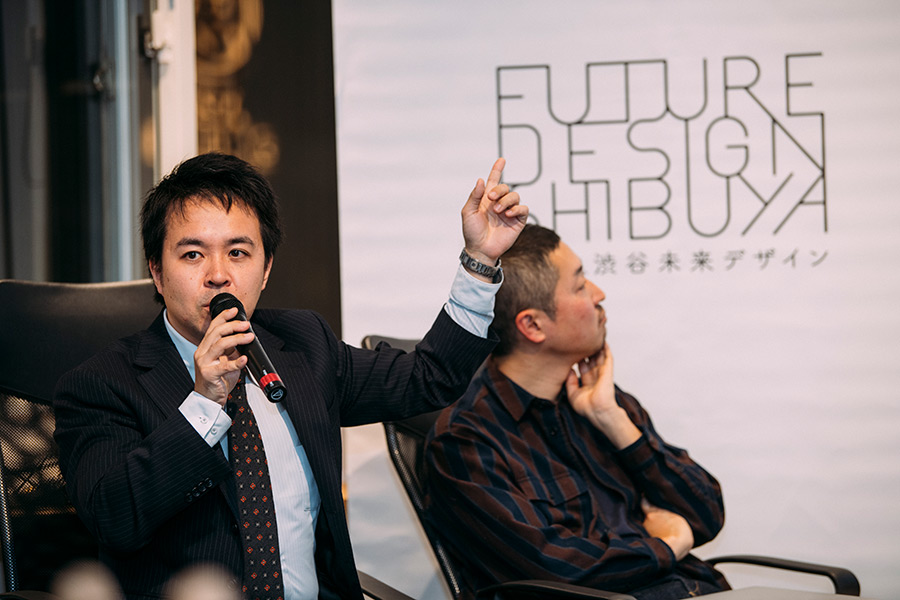
A four-choice quiz that asks, "What does every Japanese person have in a city park (all over Japan)?" The area of a city park in Japan is 125,000 hectares, which is 10.4 m2 per person when divided by the total population. In other words, it is said that you can have an area of about 6 tatami mats.
On top of that, Mr. Ichigo looks back on the definition and history of city parks.
“The role and purpose of city parks are often recognized in the event of disasters such as the Great Kanto Earthquake and the Great Hanshin Earthquake. The experience of fire spread and evacuation increases the need for open city parks.
Many of the city parks planned by the Tokyo Green Space Plan formulated in 1932 were developed as air defense green spaces during the war. "
Visitors were also nailed to Mr. Ichigo's talk in a series of interesting facts. After talking about the idea of "city park and disaster prevention" from the perspective of three parties, we will move on to the discussion.
Among them, the exciting theme was "disaster prevention power of the stadium".
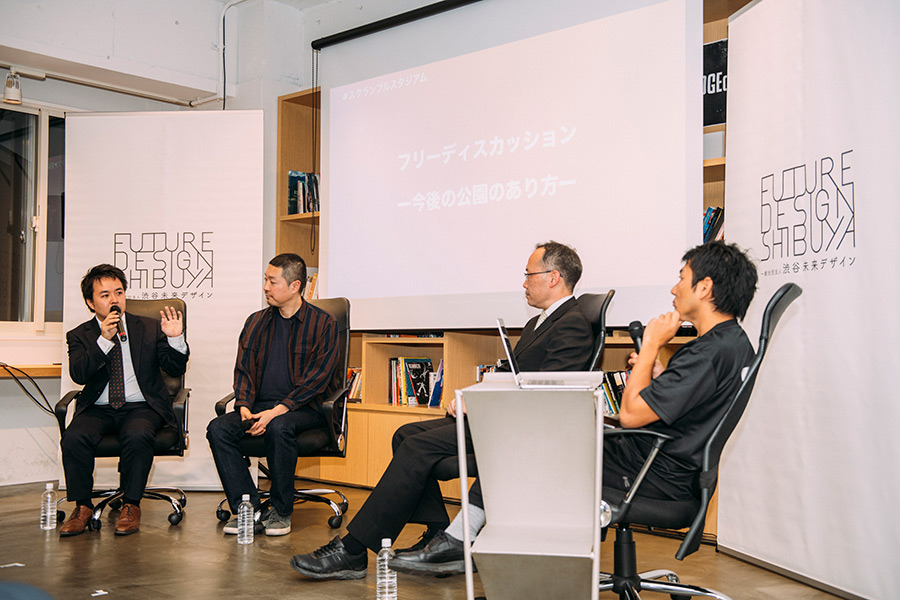
"I think that Civic Pride can also be cultivated as a disaster prevention base. Of course, there are people who consume it when it is a base for cultural promotion. In other words, in normal times, there are many customers, and attachment to the area is born there. By increasing the cohesiveness, it may be possible to improve not only the hardware but also the "disaster prevention power of the heart". "
Said Kanayama. Then, Mr. Ichigo turned his attention to the structure of the stadium and continued.
"How to utilize the VIP room and the waiting room for athletes? The stadium has a wide concourse, and there is a space of several thousand square meters, so it is possible to use it as a disaster prevention warehouse. Who runs it? School teachers sometimes have to deal with the fact that they are not disaster prevention personnel in the event of an earthquake. "

Then, Mr. Sato
"The stadium is a commercial facility. When it comes to accepting victims in the event of an earthquake, the management side will not be able to make sales during that time. When accepting people who have difficulty returning home as a disaster prevention base, it is necessary to decide in advance rules such as costs. Isn't it? "
Also from Mr. Ichiko
"There was something to think about in the" self-restraint "mood of eastern Japan. I think Yoyogi Park can take on the function of not only disaster prevention but also the restoration of the mind."
Many perspectives were born in the discussion.
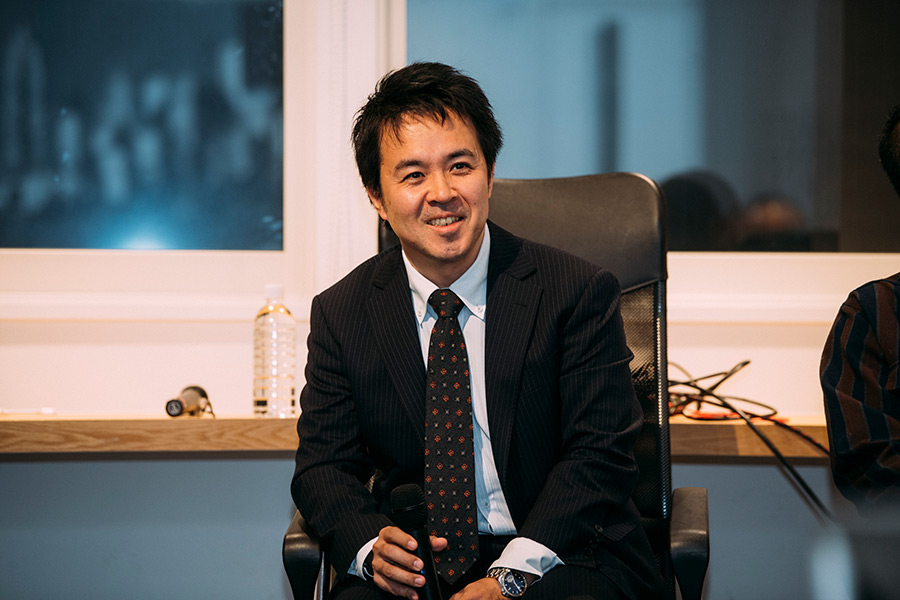

As was the case at the beginning, this crosstalk was filled with diverse opinions. It is because of the open-minded ideas of pros and cons that we can get one step closer to the answer that many people can understand.
We will continue to hold regular events in order to update the concept while incorporating many opinions.
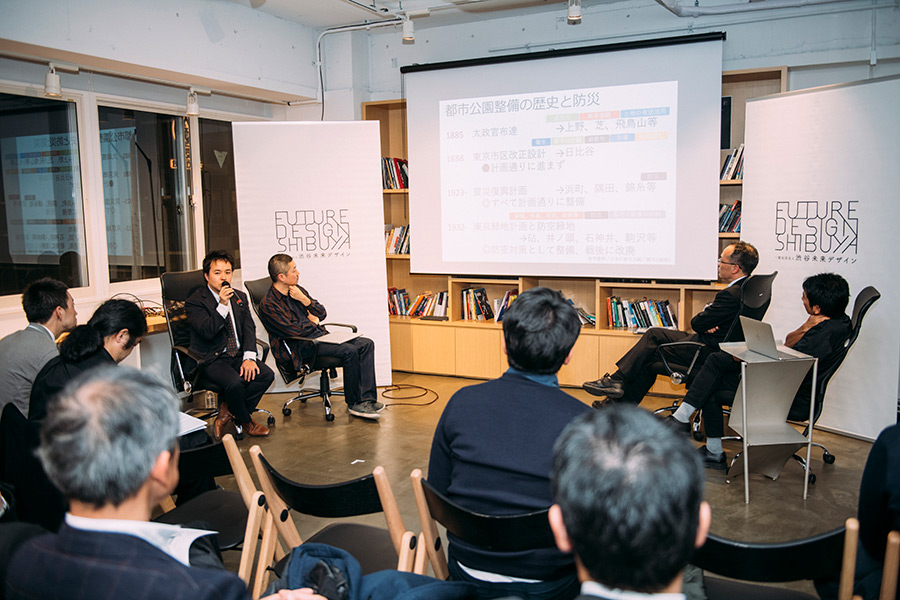
We are also looking for more opinions and comments on the official website. If you agree with this idea, please give us your support and vote!
